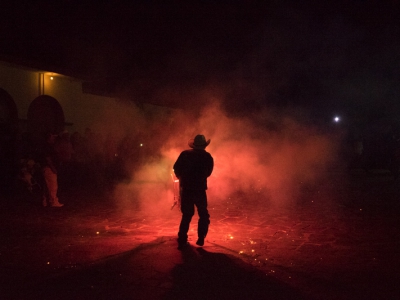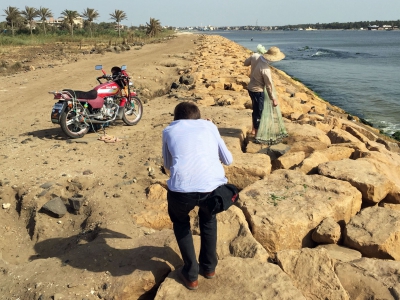For his series "Cosmichronos", photographer Nathan Cyprys, learned how to tether his camera to the rotation of the earth. He explains how and why here, and shares some of his images on the Magenta foundation Instagram @magentafoundation this week.
Published March 12, 2019
Photos by Nathan Cyprys, 2018 Flash Forward Winner
LBR. What compelled you to direct your camera to the night skies?
NC. I’m often influenced by literature, and I found that was especially the case with this body of work. Carl Sagan’s The Varieties of Scientific Experience and Italo Calvino’s Cosmicomics were both influential for me as I began to conceptualize this project. At the time I was coming to the end of working on my series Neighbour State which involved several road trips across the US. I did a lot of camping on those trips and I loved the connection with nature and especially the night sky. I wanted to continue to portray this connection with nature in my work by merging spiritualism and pragmatism to show the pursuit of astronomy as both a religious experience and indication of humanity’s place within spacetime.
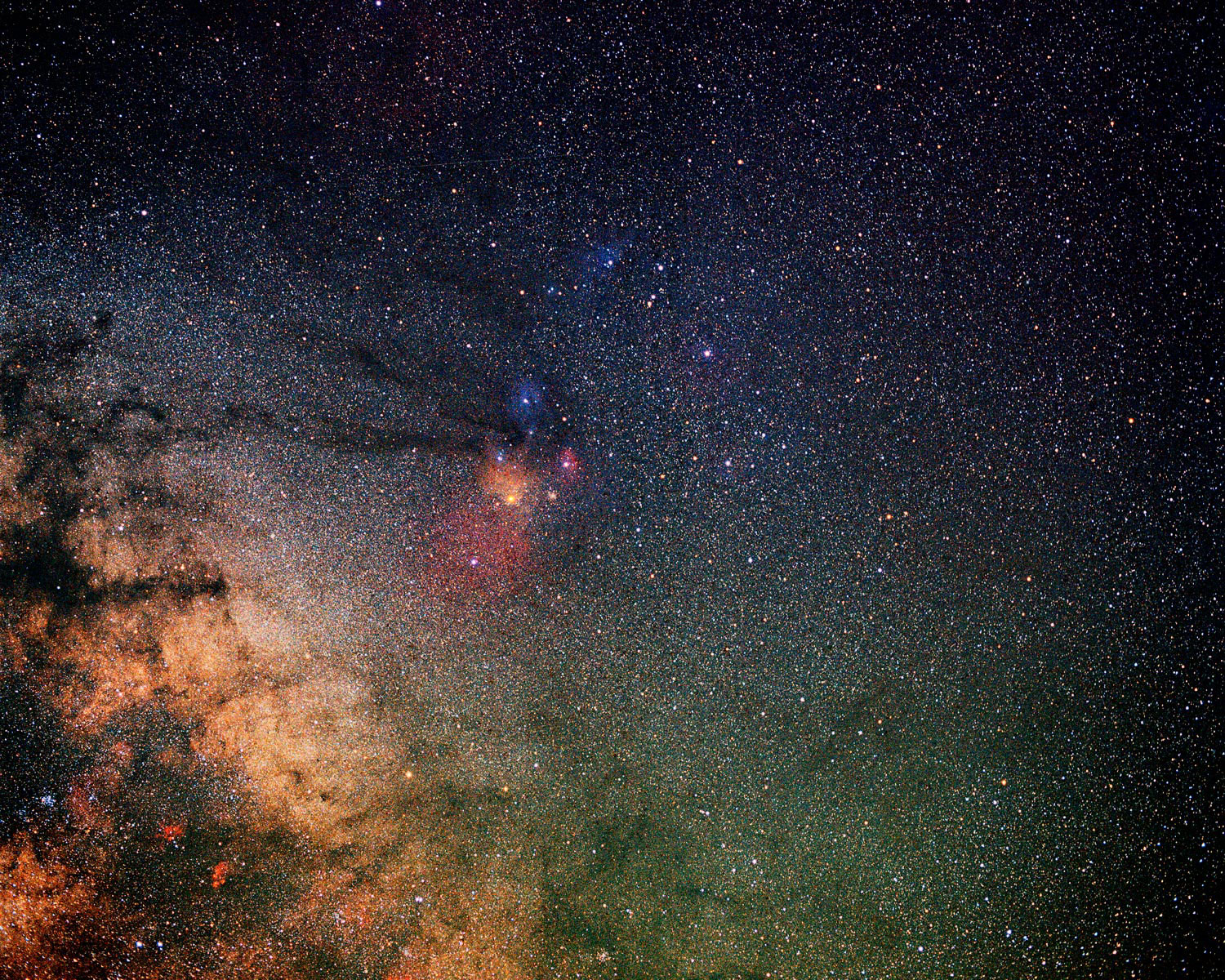
LBR. What are the technical challenges of producing these type of images?
NC. The main technical challenge in photographing the night sky is counteracting the earth’s rotation accurately. My camera (a 6×6 SLR with a normal lens) is attached to an equatorial mount that’s aligned with the celestial pole, there’s a small motor inside which turns the opposite direction of the earth’s rotation. Because these images are all shot on film in one single exposure (as opposed to “digital stacking”), accurate tracking is all the more important to avoid the stars looking like streaks instead of pinpoints. Other challenges include accurate focus, camera vibration, reciprocity failure, lens dew, and light pollution. All of these new challenges were definitely something that drew me to this subject matter. Before I began this project, I hadn’t really attempted to photograph the night sky before so this technique was new to me (with a somewhat steep learning curve). I had to manage my expectations once I began doing more research, especially given that I was determined to produce this work using analogue processes, which is something I gravitate towards for my personal projects.

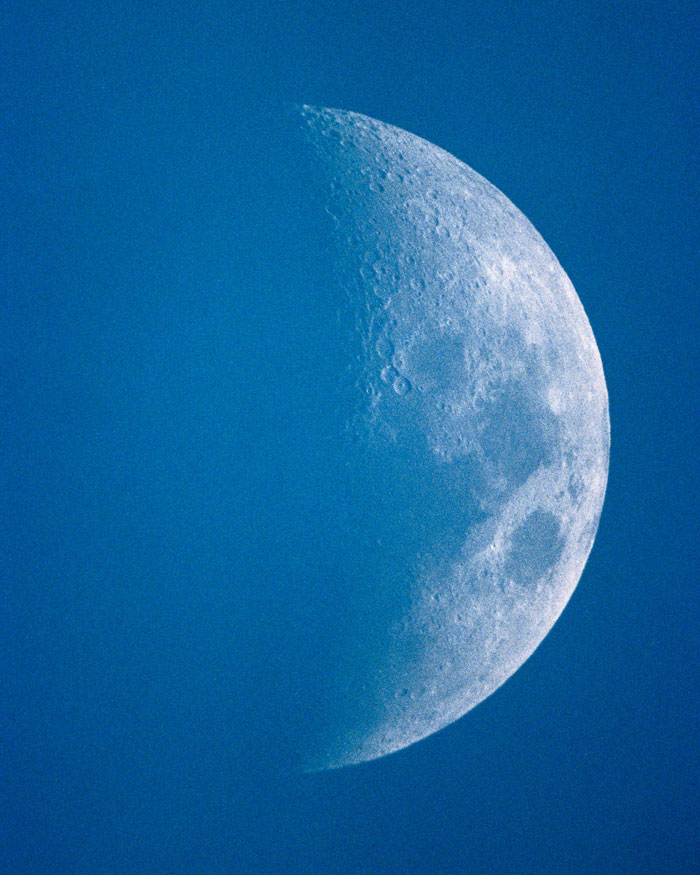
LBR. Is it hard to ‘come back to earth’ after working on such a project and create a new series that is more grounded, so to speak?
NC. Not particularly, it’s a welcomed change after staying up all night (alone) until sunrise! The shooting process is very methodical and involves a lot of set up, then a lot of waiting, so it can be a practice in patience. I do enjoy when I can get back to the usual business of taking a photo in 1/60th of a second. I actually hope to incorporate more landscape imagery into this series as it moves forward in an effort to better connect a human element.

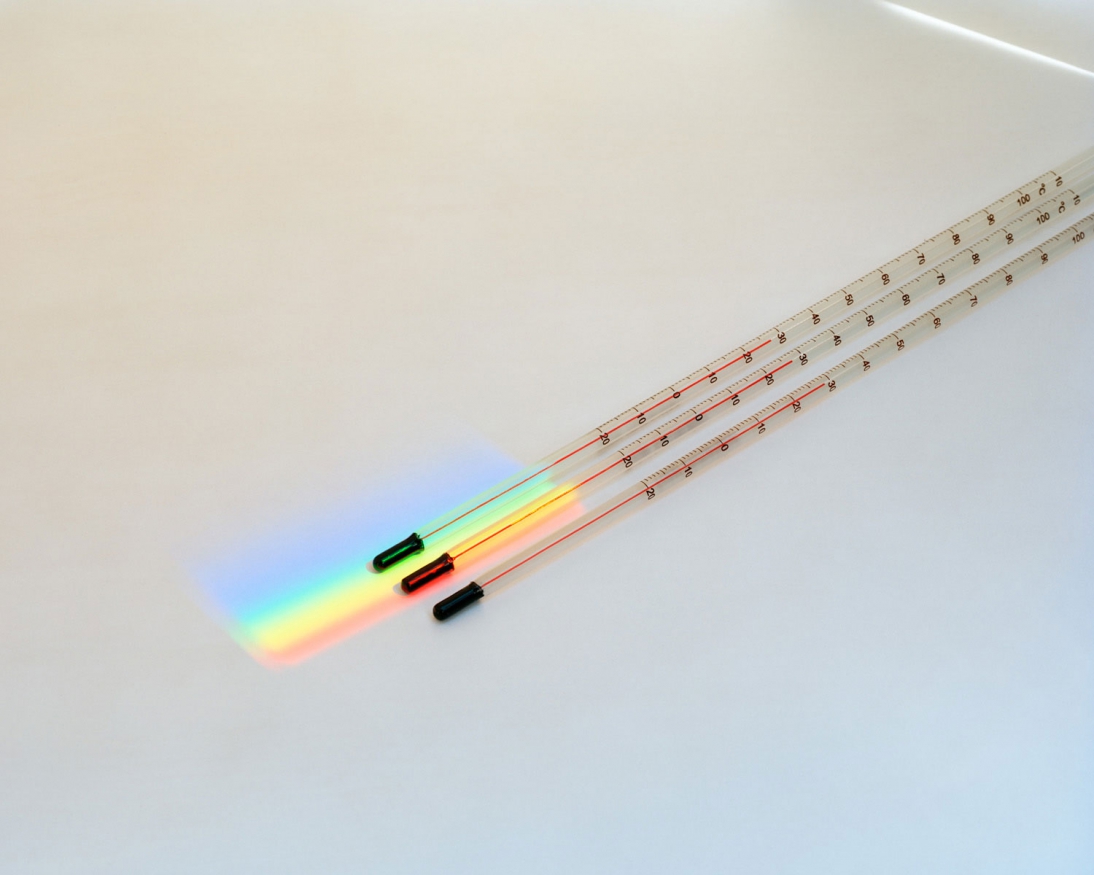
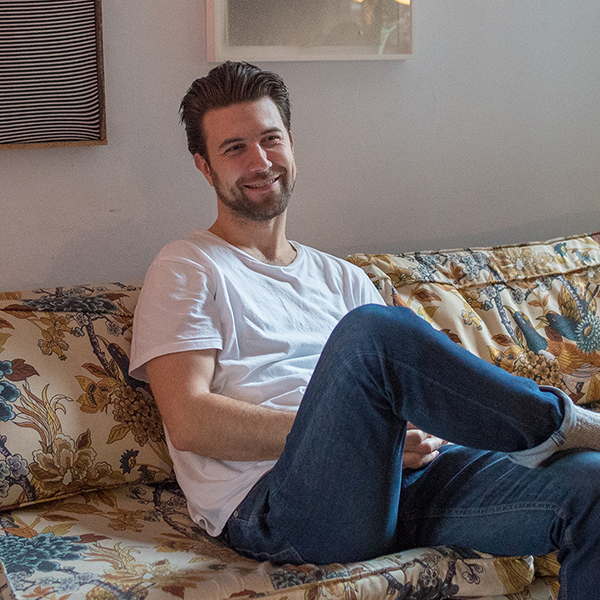
Nathan Cyprys is an artist & photographer based in Toronto, Canada who holds a BFA in Photography from the Ontario College of Art & Design. Nathan’s art practice is both conceptual and documentary based in approach, with his most recent project, Cosmichronos, exploring astrophotography and the cosmic perspective. Nathan’s work has appeared in American Photography, PDN Magazine, The Washington Post, and VICE.
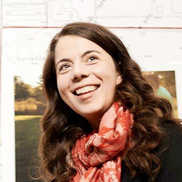
Laurence Butet-Roch, a member of the Boreal Collective and Muse Projects, is a freelance writer, photo editor, photographer and educator based in Toronto, Canada committed to encouraging critical visual thinking. Her words have appeared in the British Journal of Photography, The New York Times Lens Blog, TIME Lightbox, National Geographic, The New Yorker, Polka Magazine, PhotoLife, BlackFlash and Point of View. She is the editor of Flash Forward Flash Back.


